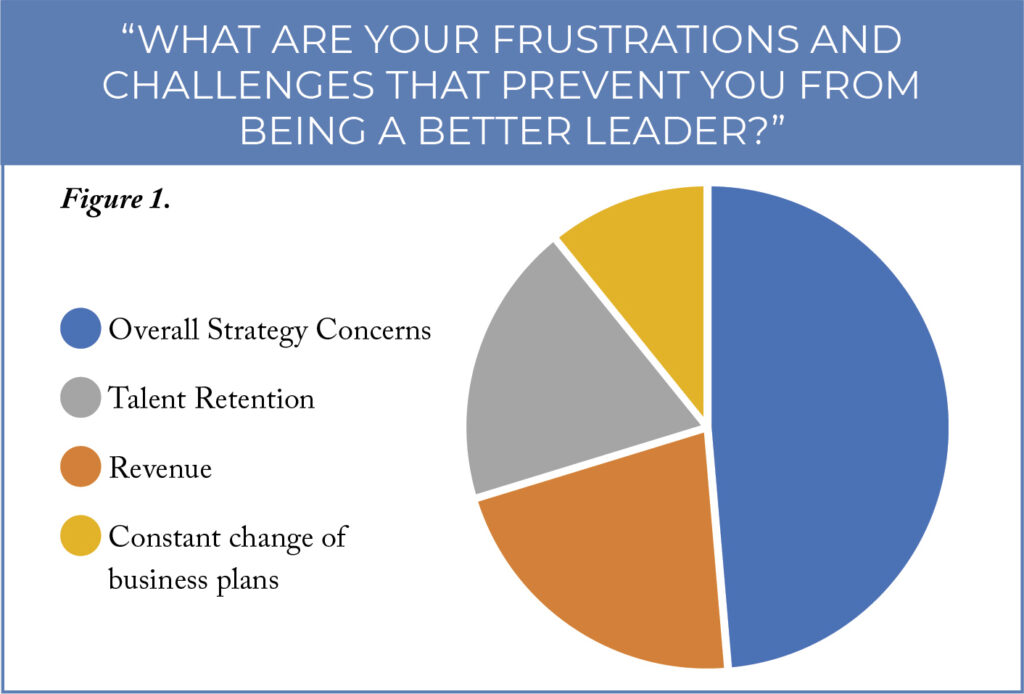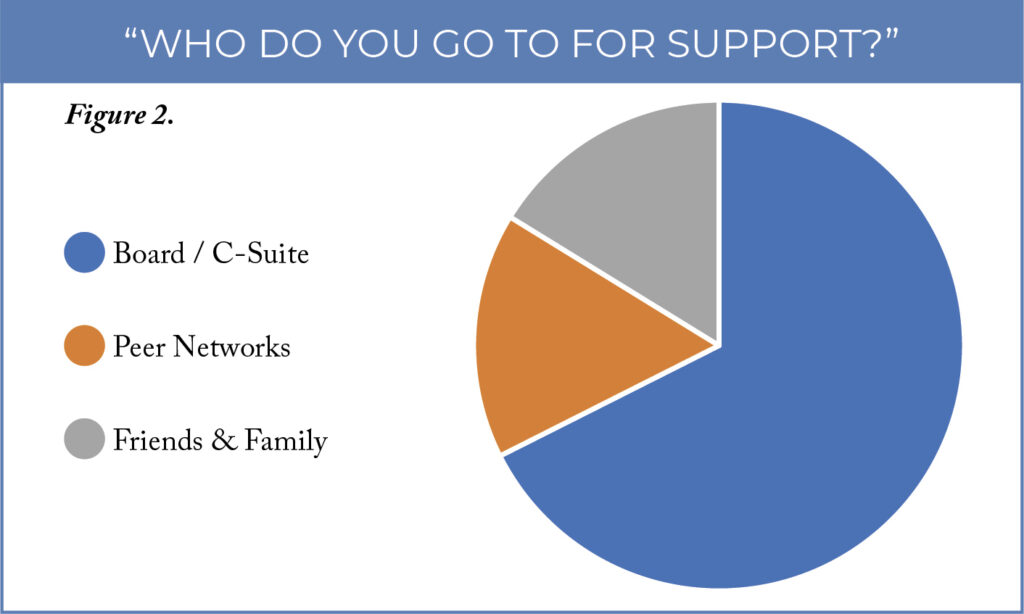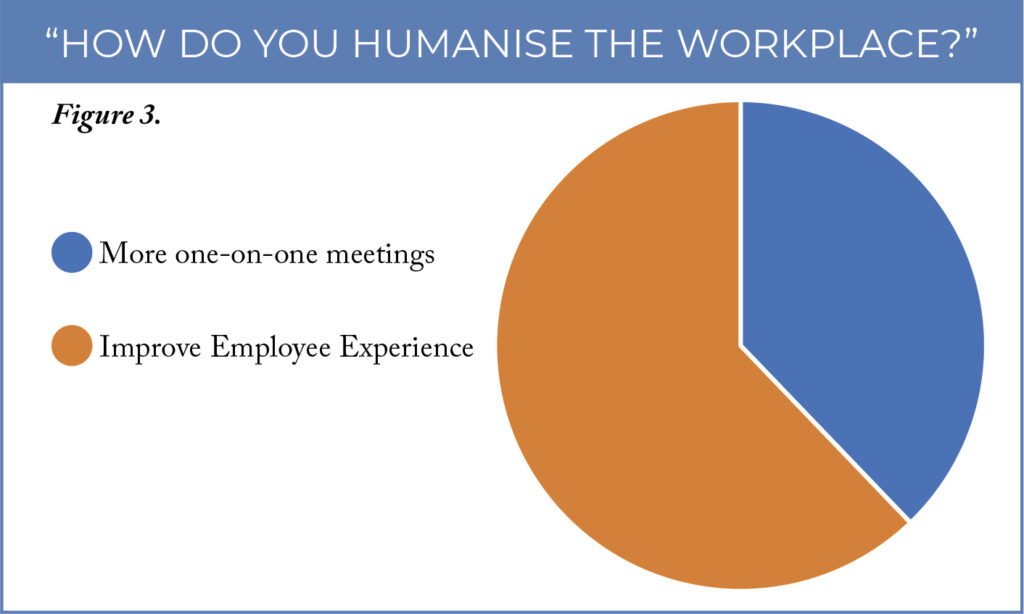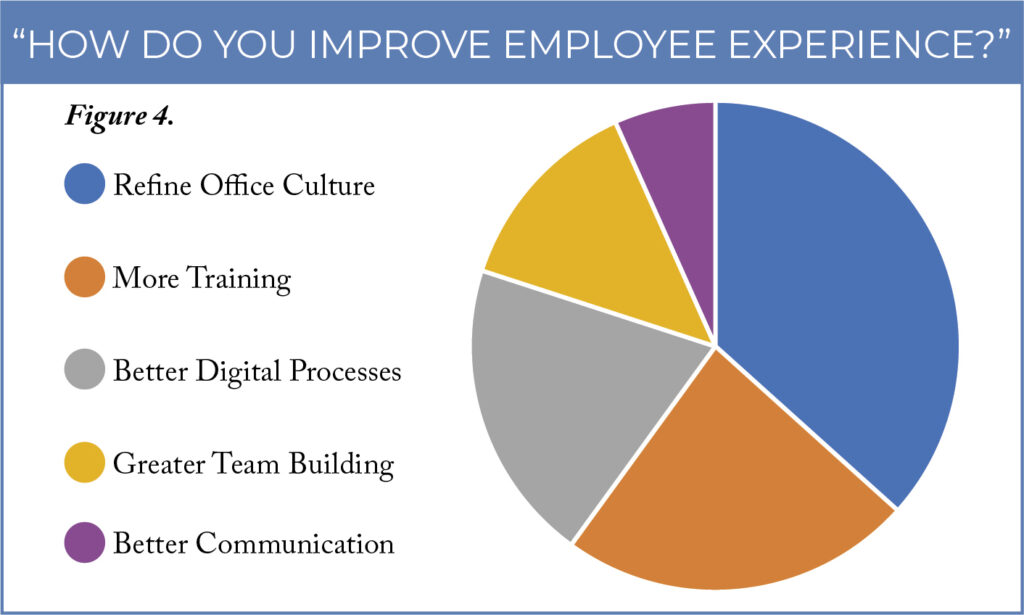 BBC News
BBC NewsBorrowing was £17.4bn last month, the second highest October figure since monthly records began in 1993.

A look back on Sophia Petrides’ exploration of the problems CEOs faced during the pandemic. Originally published June of 2021.
By Sophia Petrides
In the summer of 2021, I conducted an insightful CEO survey, speaking with 50 leaders from diverse industries, including financial services, technology, healthcare, sports, consumer brands, and manufacturing. These conversations focused on how CEOs, entrepreneurs, and organizational leaders navigated the unprecedented challenges of the COVID-19 pandemic and lockdowns during 2020 and 2021.
The findings from the CEO survey reveal a consistent pattern: all 50 leaders reported encountering significant new challenges as they transitioned to remote work. CEOs had to quickly adapt to managing teams virtually, engaging with clients from a distance, and overseeing the crucial C-suite executives, including CFOs, CTOs, and others. While these leaders hailed from companies of various sizes, ranging from small startups to large-cap corporations, the core issues they faced were remarkably similar.
Despite the many hurdles posed by the pandemic, the majority of these CEOs expressed a positive outlook for their organizations. They remain optimistic about a strong global economic recovery once vaccination programs are fully rolled out. However, they also acknowledged that the workplace of the future is unlikely to mirror the pre-COVID-19 environment—at least not in the near future.
The CEO survey participants, who agreed to have their insights shared anonymously, revealed that the pandemic has accelerated significant changes in the way companies operate. A more people-centric employee experience, improved communication across organizational hierarchies, and a stronger emphasis on inclusive company culture have all become central themes. As one CEO noted, “The pandemic has a silver lining. It’s an opportunity to do things differently, with the time pressure needed to overcome complacency with the current way of doing things.”
When asked, “What are your biggest frustrations and challenges that prevent you from being a better leader?”, the responses provided valuable insights into the key friction points experienced by CEOs during the pandemic. These challenges are not only shaping the future of leadership but are likely to influence organizational strategies for years to come. The full findings from the CEO survey are displayed in Fig. 1 below.

The fact remains that digital leadership is difficult. A large part of the leadership challenge has always been aligning the company and its stakeholders around a clear vision. However, in the age of virtual meetings such as Google Meet, Zoom, and other online platforms, it has become a more significant challenge. In many respects, engaging with teams digitally underpins most of the major frustrations expressed in the CEO survey I conducted – the problem is the loss of those unplanned moments of interaction that are so important for creating a sense of momentum and social cohesion behind the leadership team. There’s no office buzz online, and that informal energy is essential to align teams behind the leadership vision.
NO BOARDROOM BLUES
Another major headache, affecting about 19% of respondents in the CEO survey, was retaining new talent in an age when many new hires hadn’t had the opportunity to meet their management or colleagues in person. They also missed out on the usual social, informal onboarding experiences that are a normal expectation of everyday working life. However, virtual meetings were noted as providing positive experiences as well, giving younger professionals a safe space to voice their views with confidence.
As one CEO put it, “I miss walking around the floor and connecting with people at all levels. You can’t connect on a human level through virtual meetings. There’s no spontaneity, no chit-chat, no watercooler moments. People struggle with burnout, homeschooling, and not being physically together. You need to find a platform that supports innovation because it’s lost when people are 100% working from home.”
In relation to the findings in Figure 1, I found that around 11% of leaders felt that the pandemic response led to a shift toward short-term strategies, moving away from the bigger-picture plans in place before. The sudden need for a COVID-19 response triggered a slew of new HR policies. Additionally, 22% of respondents blamed the disruption for the loss of normal KPI reporting and measurements, along with the loss of travel and sales activities, which in turn reduced revenues and growth. One leader shared, “You are challenged with balancing staff well-being and HR policies with Return on Investment (ROI) and frustrated because you can’t spend time with clients like you used to.”

For those without a traditional board structure to fall back on, there was a fairly even split between two other kinds of support network. Firstly, many leaders sought out colleagues at a similar level who they could talk to about the challenges they were facing off the record. Secondly the role of friends – and in particular, family – in their lives became of increasing importance. In many cases, the opportunity to work from home came hand-in-hand with the chance to make a meaningful change to their work-life balance. Spending more time with the family has proven to be a positive way to recoup lost energy and online meeting fatigue.
The Human Side
Thirdly I asked what the CEOs in question had done to humanise their workplace. There was a follow-up in the question whereby I also asked what the surveyed individuals had done to improve the employee experience. These results are collected in Figures 3 and 4.
The results were clear. Covid-19 has accelerated the importance of the employee experience. When I asked how to humanise the workplace there was a split between those who felt the emphasis should be on designing a better employee experience (62 per cent) and those who felt that what was required was more effective two-way communication across the traditional company hierarchy (38%).

When I delved into what an elevation of the employee experience might look like to these business leaders, many interesting initiatives were listed. These ranged from holding nutrition and exercise sessions for employees by providing free access to online personal trainers through to ensuring each employee took a scheduled 45-minute mindfulness break daily. A number of workplaces also prioritised in-office working options for people who were feeling lonely or isolated working from home. One CEO confided: “We delivered fresh food hampers, gym kit, games for kids and Amazon vouchers. It was about paying attention to mental and physical needs and connecting with everyone no matter what level.”

Leaders in the CEO survey also emphasised the importance of fostering a culture of fun within their teams. Many CEOs noted that this required more organisation in the virtual meeting world, incorporating activities such as fun icebreakers and weekly virtual events. However, the most significant aspect of all the employee experience initiatives was limiting working hours, refraining from sending emails over the weekend, and ensuring staff took regular breaks throughout the day. One CEO shared, “Burnout is an issue. There’s a temptation to work longer hours, but it’s not all about hours – it’s about your output, and that suffers if you don’t get the balance right.”
In addition to creating a positive work environment, many leaders discussed the need to make themselves more accessible to all levels of staff. One of the strategies mentioned in the CEO survey was scheduling weekly one-to-one sessions with new recruits to ensure they were settling in well. As one CEO explained, “I am very conscious to have regular calls with the team. We have to bring all levels of people closer together and be more approachable and available 24/7.”
There are numerous tools available to leaders for improving employee experience, with the primary focus being on company culture (37% of responses). The CEO survey highlighted the importance of building better bonds between team members through shared experiences, like those mentioned above. Beyond culture, there were two other broad categories of tools for enhancing employee experience.
The first was Continuing Professional Development (CPD), which was vital for helping employees stay aligned with their professional ambitions. This need for training and development represented 23% of answers in the CEO survey. As one CEO noted, “Training and development are vital for sustaining a cohesive team and understanding how they fit within the organisation.” It is clear that professional development plays a key role in empowering employees, contributing to better team performance. Another leader remarked, “Empowered means people who make better decisions more cohesively, without the need for constant supervision.”
Additionally, 20% of CEOs spoke about providing employees the freedom to create their own digital processes, support channels, and online activities to boost team morale. 13% mentioned that the best employee experience came from being part of a winning team and being rewarded as part of a growing business. However, there was a general sentiment that while digital tools are essential, automation had a negative effect on the team experience by isolating people during previously social activities like training. As one CEO confided, “We invest billions in making computers more human and making humans more automated. Then we spend billions more trying to humanise humans. Person-to-person contact is impossible to replicate.”
Looking back at the lockdown year, it’s fascinating to reflect on the lessons learned about digital leadership. While remote work has introduced new challenges, such as burnout and a lack of team dynamism, there are also clear benefits—arguably leading to long-term gains. The pandemic has refocused leaders on authentic communication, a flatter hierarchy, and better employee experiences.
It seems fitting to end with a quote from one CEO, which highlights the importance of communication, experience, and the advantages of working together in person. The CEO remarked, “On my first day, I literally took the door to my office off its hinges. I needed to make a statement that everyone is welcome. Everyone deserves time and empathy. It is vital to feel the pulse of the employees, because that’s the pulse of the business.” This serves as a hopeful reminder that, despite the challenges of remote work, we may soon embrace a hybrid home-work model that enriches the modern workplace.
Photo credit: Christina @ wocintechchat.com